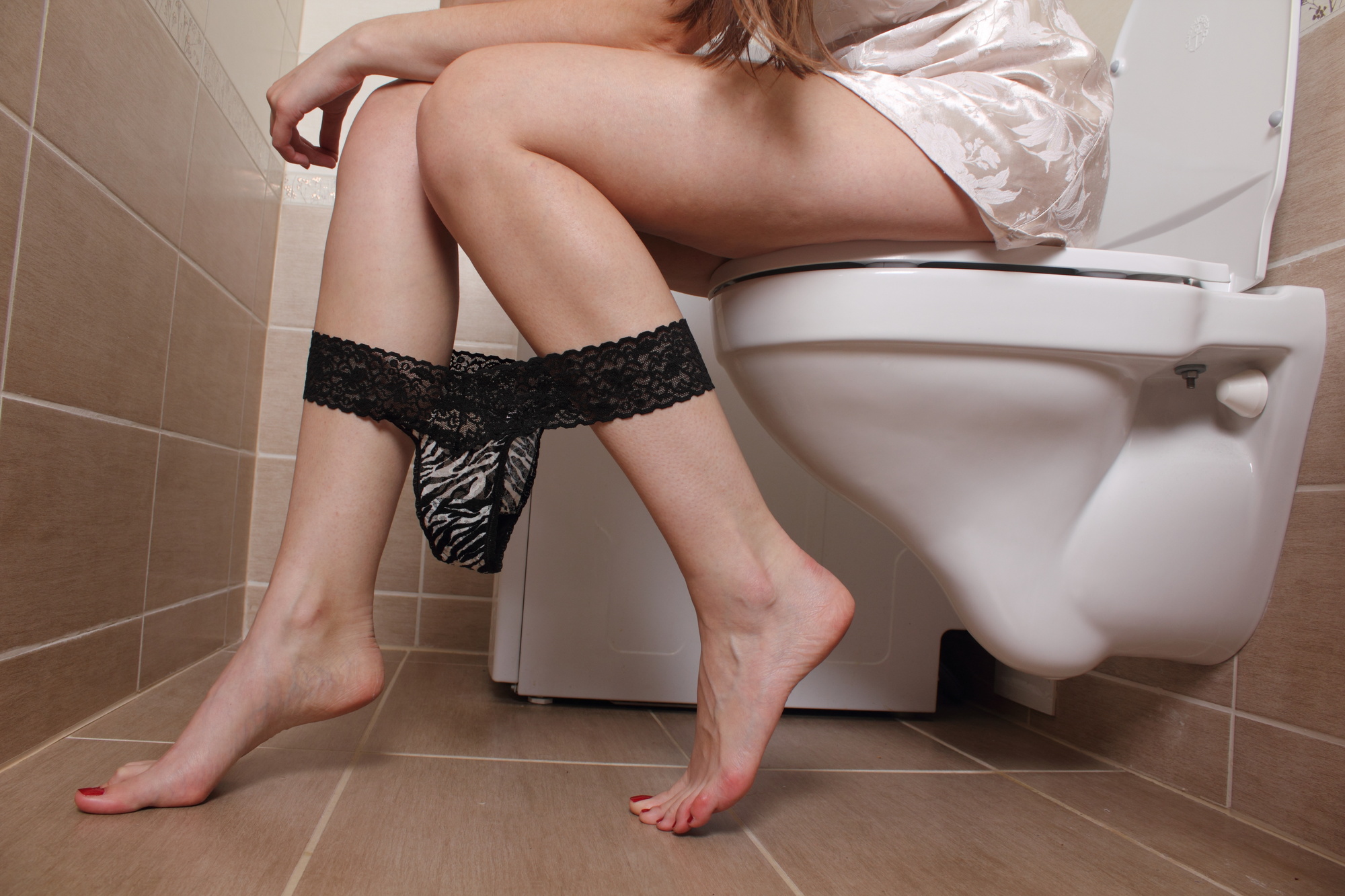
Vaginal Prolapse: Symptoms, Causes, Treatments and More
Learn more about the causes, symptoms, and treatments for vaginal prolapse by reading this user-friendly guide.
What is Vaginal Prolapse?
Vaginal prolapse is one of the most common yet overlooked disorders worldwide. Most women either don’t know about it or are too embarrassed to discuss it. Some think they are alone in their suffering, which only makes things worse.
One in two women experiences prolapse after birth. The risk is higher for those who have had a vaginal delivery.
This disorder occurs in several stages and may cause major discomfort. Even though it’s not a medical emergency, its symptoms can affect your quality of life. Urinary incontinence, pain during intercourse, and vaginal bleeding are just a few to mention.
But what causes vaginal prolapse in the first place? More importantly, how to recognize its symptoms so you can address them before it’s too late? Keep reading to find out!
What is Vaginal Prolapse?
There are different types of organ prolapse, and each has unique characteristics. Vaginal prolapse occurs when a woman’s pelvic muscles become weak. As a result, they droop down into the vagina, causing discomfort.
Pregnancy, heavy lifting, constipation, and other factors may weaken your pelvic muscles. Because of this, they can no longer support your bladder, uterus, or bowel.
Depending on the affected organs, you can experience one or more types of vaginal prolapse. These include:
- Cystocele or bladder prolapse
- Rectocele or rectum prolapse
- Enterocele or small bowel prolapse
- Uterine prolapse
- Apical prolapse (prolapse of the cervix or upper part of the vagina)
Cystocele, for instance, occurs when the bladder droops down into the vagina. This changes the angle of the urethra, causing urinary incontinence.
Also known as a prolapsed bladder or anterior prolapse, cystocele is common after childbirth and menopause. Obese women are more likely to develop this condition because of the extra weight putting pressure on their pelvic muscles.
Rectocele occurs when the rectum bulges into the vagina. In this case, you may notice a bulge during bowel movements. Like other types of vaginal prolapse, this condition is due to vaginal deliveries, constipation, or heavy lifting.
Women may also experience uterine prolapse, which occurs when the womb enters the vaginal canal or the lower portion of the vagina. In severe cases, it can protrude through the vagina.
Surgery is only recommended when vaginal prolapse interferes with your life. Most women experience little or no symptoms. If that’s your case, the doctor may recommend physiotherapy.
What Causes Vaginal Prolapse?
This disorder is extremely common and may go unnoticed.
In fact, many women have no idea there is a problem until years later. They usually report back pain, bladder or bowel incontinence, and severe discomfort, but don’t know what causes these symptoms.
It’s estimated that more than half of women over 50 will develop pelvic organ prolapse. However, it’s difficult to tell the exact number since most women rarely discuss this issue.
Health experts agree that pregnancy and childbirth are major risk factors.
Your unborn baby puts pressure on your pelvic floor, causing these muscles to weaken. The physical strain experience during labor further weakens your pelvic floor.
The more births you have, the higher your risk of vaginal prolapse. However, you may develop this condition even if you have never given birth. Common causes and risk factors include:
- Prolonged heavy lifting
- Persistent coughing
- Chronic constipation
- Obesity
- Aging
- Genetics
- Smoking
As you see, genetics play a role too. If your mother or sister have this condition, you’re likely to develop it too. Even though it’s not possible to prevent vaginal prolapse, there are ways to minimize the risk.
Signs and Symptoms
Vaginal prolapse symptoms vary from one woman to another and depend on the affected organs. Bladder prolapse, for instance, will manifest itself differently than rectocele or enterocele.
These problems are not necessarily painful, but rather uncomfortable.
Most women feel an intense pressure in the lower back area or pelvic region. They may also experience difficulty emptying the bladder or having complete bowel movements.
If you suffer from vaginal prolapse, you may feel discomfort during intercourse. Another common sign to watch out for is a feeling of heaviness in the lower abdomen. This condition may also cause incontinence when you sneeze, laugh, cough, or exercise.
The most common symptom of vaginal prolapse is the sensation of a lump coming down. You may feel like you’re sitting on a ball all the time. These problems often go away when you’re lying down.
Some women are able to see or feel a lump. This may be a sign that your condition got worse, so call your doctor immediately.
If left untreated, the prolapse may become infected, ulcerated, or sore. In the worst case scenario, it can reach the size of a tennis ball or larger, causing severe pain. The bulge may also block the tubes that attach your kidneys to the bladder, putting your life in danger.
How to Fix a Prolapse without Surgery
When it comes to treating vaginal prolapse, surgery should be your last resort. There are safer options available, so it’s no need to go under the knife.
Pelvic floor exercises, for instance, can help prevent and improve this condition. With regular practice, they strengthen the muscles in your pelvic area and can stop incontinence.
These simple movements are recommended to all women, regardless of age. They’re particularly beneficial before, during, and after surgery. Did we mention that your sex life will improve too?
Another option is Dr. Peter Lotze. His innovative procedures benefits women with mild prolapse, incontinence, and vaginal dryness.They’re minimally invasive and requires no downtime.
In some cases, you can return to work and resume your activities right away. Plus you don’t have to worry about side effects or complications.
Depending on the type and severity of the prolapse, doctors may also recommend biofeedback, physiotherapy, or pessary fitting. Neuromodulation is a popular option too.
Managing Vaginal Prolapse
Vaginal prolapse can affect any woman. Even though it’s not life-threatening, its impact can be devastating. The longer you wait, the worse it gets.
Contact a certified urogynecologist today! This simple step could change your life forever. Our team of experts can diagnose your problem and recommend the best course of action.



